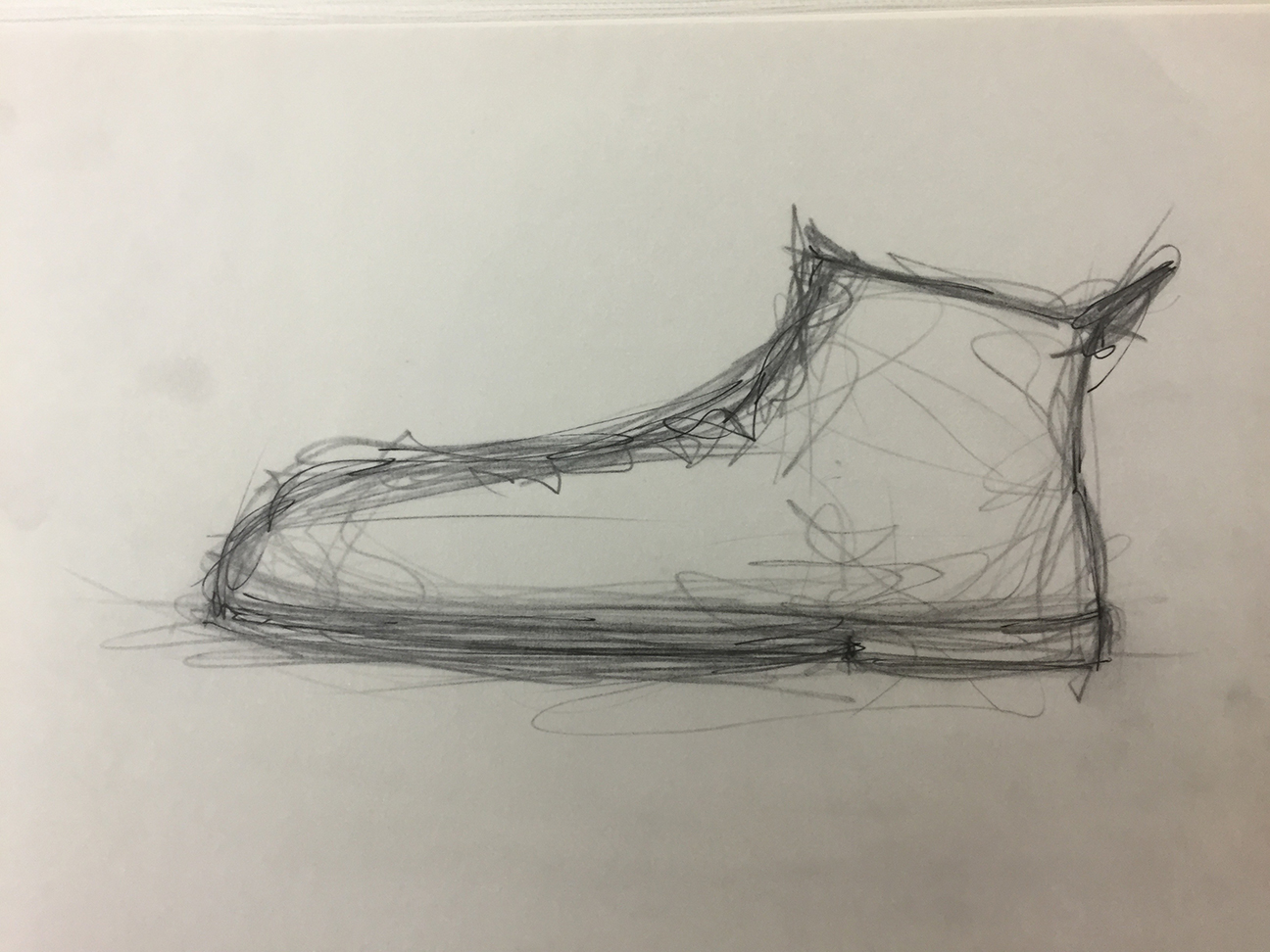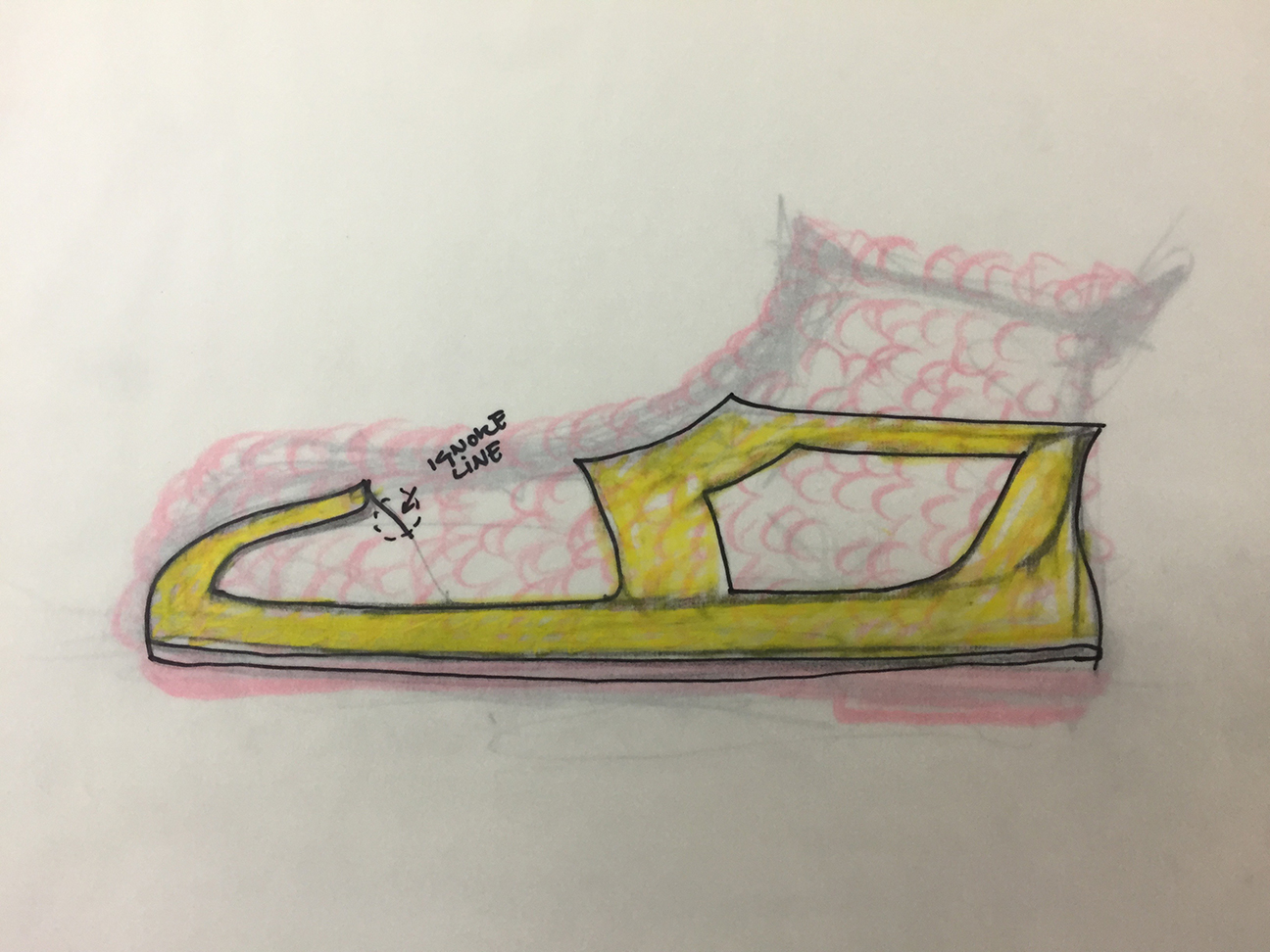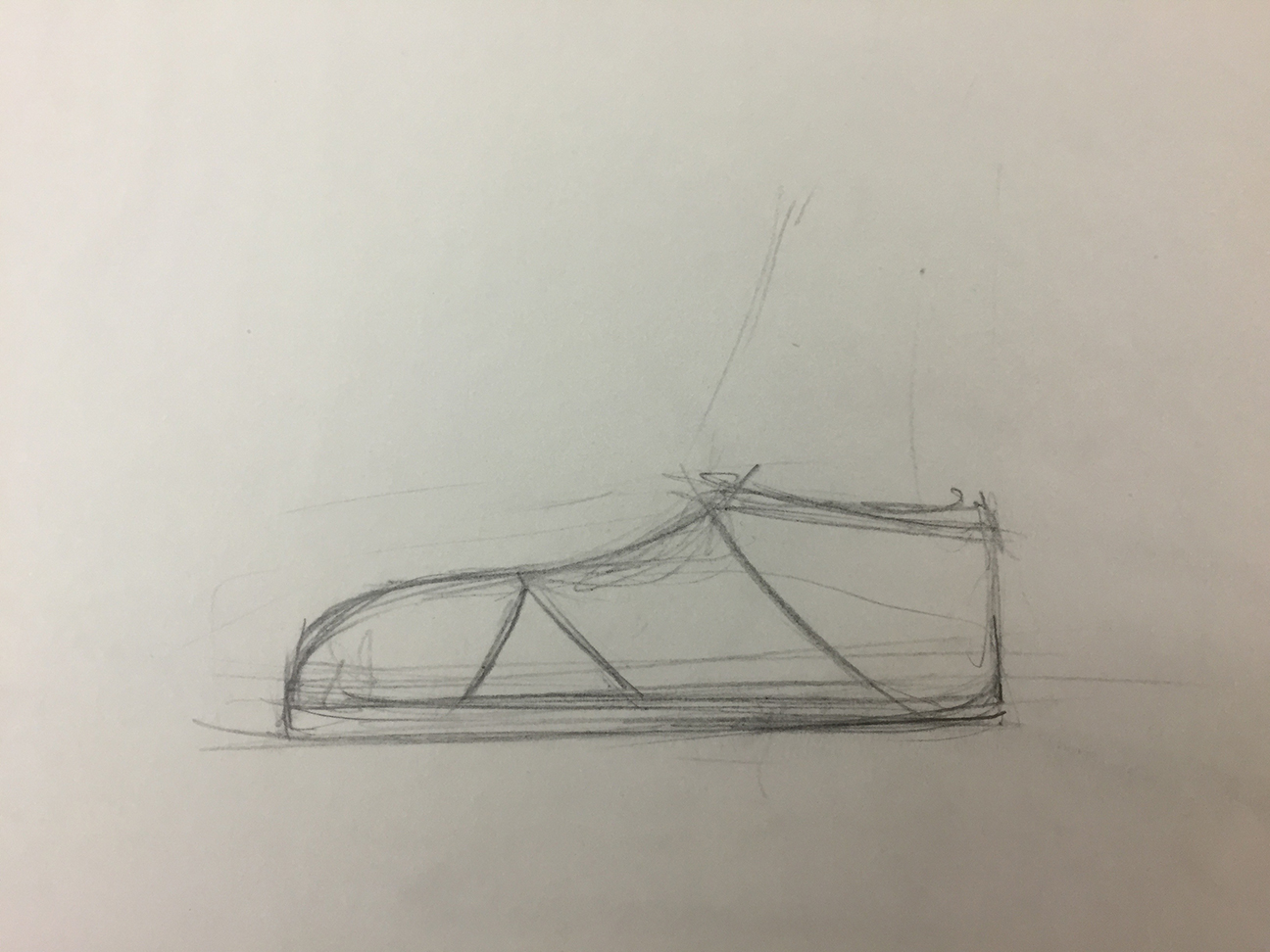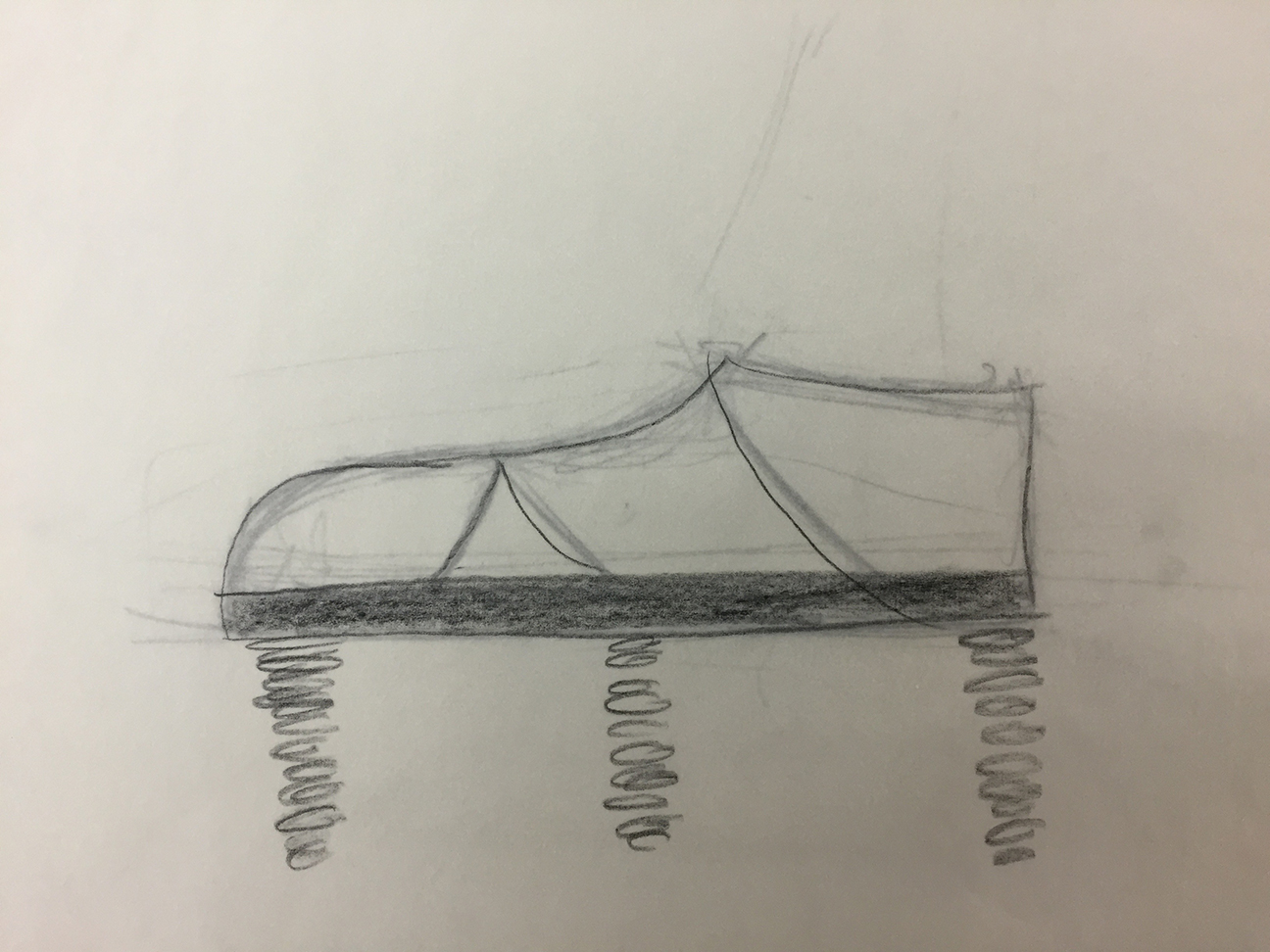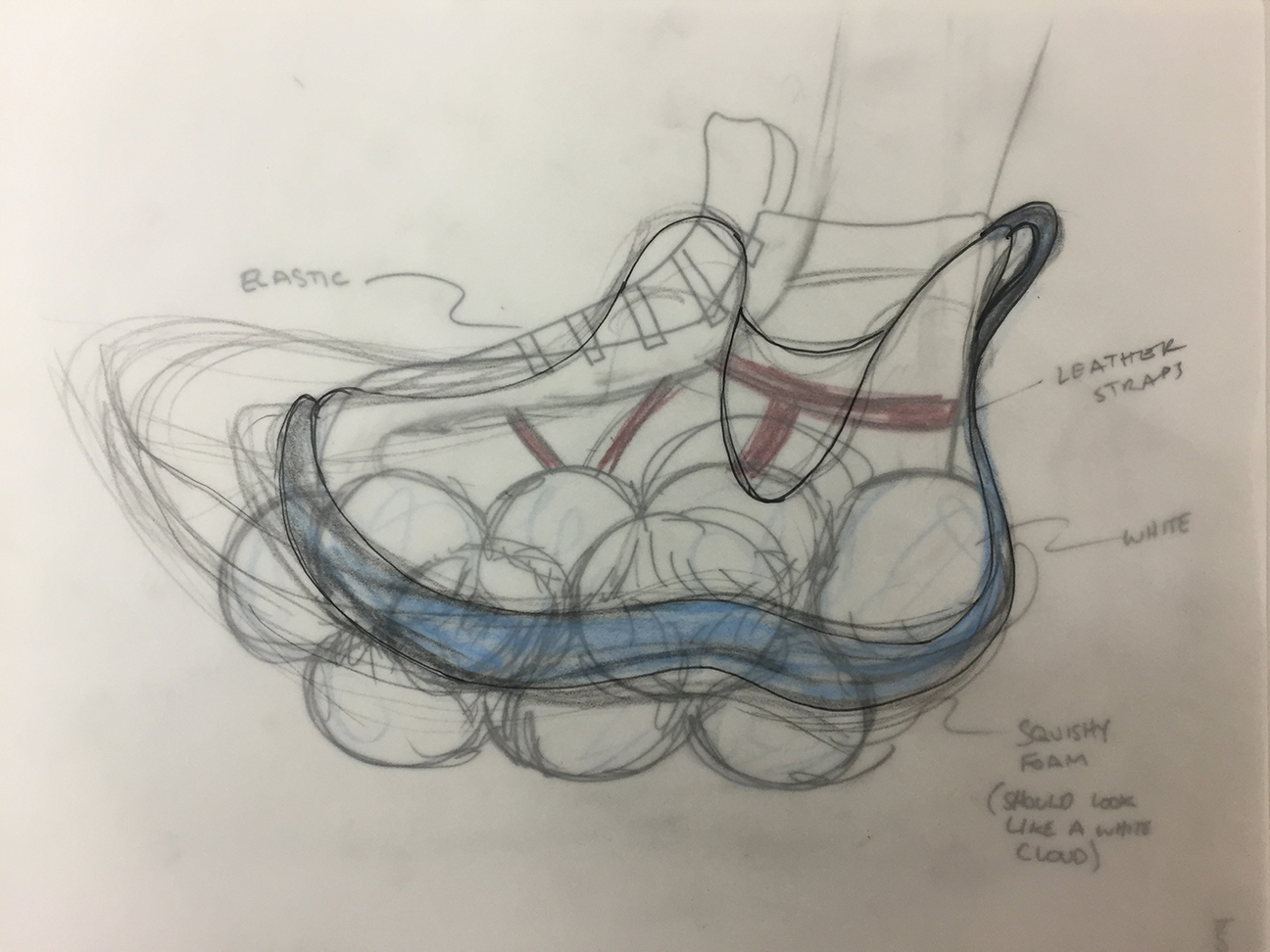
On designing for people
On designing for people
Testing how collective input affects output

Concept
Industrial designers have coined the term “human-centered” design to describe their practice. The name is pretty self-explanatory. Focusing on the people one is designing for. So if the next project brief asks a team of designers to develop the most ergonomic handle of a coffee cup, you can be sure to find a room full of prototypes that have been tested by real people before the design is finalized and produced.
On a functional level, that makes sense. But what about aesthetics? What is the role of the designer when creating a product that is supposed to be wanted and bought by an enormous group of people? Can products be collectively designed to create something that is universally wanted?
Method
I designed and conducted an experiment called The Exquisite Shoe.
Using Amazon Mechanical Turk, I asked about 100 people what their idea of the perfect shoe is (a shoe because it perfectly blends the need for function and personal aesthetic). From the results, I extracted six prompts and used them to challenge my peers to design these shoes together in a shoe design workshop I hosted. The shoes were designed based on the Surrealist concept, The Exquisite Corpse, through which stories and paintings were created collectively.


Some of the prompts and collective designs:
Prompt: a comfortable shoe
Prompt: a shoe that feels as though I am not wearing a shoe
Prompt: a shoe that feels like I am walking on clouds

I rendered the experimental shoes.



The experiment yielded some interesting observations and insights.
Observations
When it came to talking about aesthetics, the results varied greatly. When it was about function, a lot of the same words were used, like comfortable or versatile.
Some participants couldn’t really talk about what their perfect shoe looked like, but spoke to how it should make them feel.
My peers had fun sketching the shoes, which added a level of playfulness to the final designs.
Insights
Functionally, most can agree on what makes a good shoe, but it impossible to please everyone aesthetically. It is up to the designer to add their own voice.
When it comes to things we wear and put on our bodies, the way they transform our emotional state plays a huge role in how useful the end product is.
Working together in a playful way enables the creation of something totally new and out there, something one may not have thought of alone.
